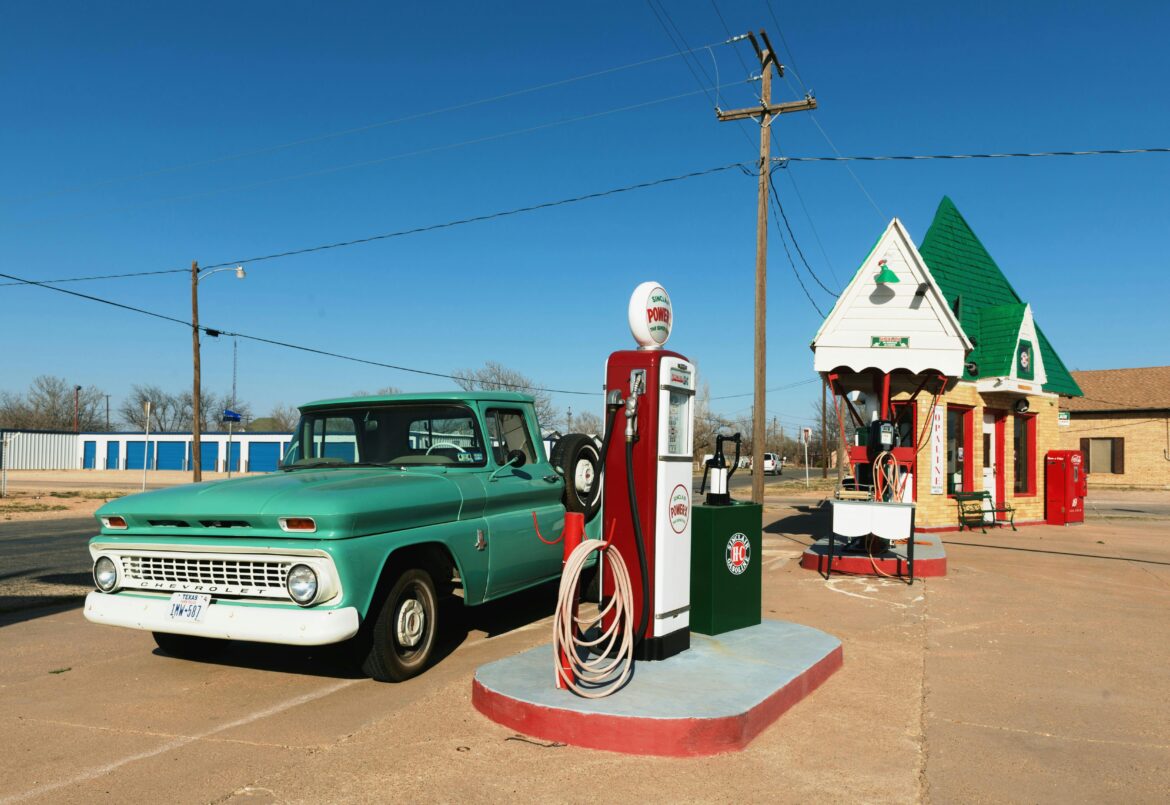Published: 8 July 2025
By: The Breadline Bulletin
🔹 Why Prices Are Rising Again
UK drivers are feeling the squeeze at the pump again, as fuel prices climb steadily across the country. As of early July 2025, the average price for unleaded petrol stands at 134.3p per litre, while diesel has reached 141.4p, according to data from RAC and fuel tracking sources.
This rise follows a temporary relief earlier this summer, when prices dipped to their lowest in nearly four years. However, escalating geopolitical tensions in the Middle East — specifically, the conflict between Israel and Iran — have sparked fears of oil supply disruptions. As a result, Brent crude briefly surged above $79 per barrel before stabilising.
Although the crude price spike was short-lived, its ripple effect on wholesale fuel costs was enough to trigger retail increases. Adding to the frustration for many motorists is the well-known “rocket and feather” pricing behaviour: prices rise swiftly when wholesale rates increase, but fall slowly when costs decline.
📊 Regional Breakdown & Where to Save
Fuel prices are not uniform across the UK. In fact, they can vary significantly depending on your region:
- Scotland: Petrol averages around 133.2p/litre
- Wales: Slightly lower at 133.0p/litre
- South East England: Among the highest, often exceeding 136p/litre
Despite national trends, some stations offer lower-than-average prices. For instance:
- Costco Liverpool: Reported petrol at 119.9p/litre
- Costco Watford & Essar Grindley Brook: Similar low pricing near 122.9p/litre
Supermarkets generally offer the most competitive rates. Asda, Tesco, and Morrisons continue to undercut independent forecourts, particularly in suburban and urban areas. Fuel comparison tools such as PetrolPrices.com, the RAC app, or Waze help locate the cheapest stations nearby.
Regularly checking prices and planning refuelling stops wisely can save households up to £10–15 monthly — a crucial amount in the current economic climate.
📈 What’s Fueling the Price Hike?
Several core factors explain the recent jump in fuel costs:
1. Geopolitical Tension
The ongoing conflict between Israel and Iran has introduced significant uncertainty in global oil markets. Although no direct supply shortages have occurred, traders priced in risk by increasing oil futures, which led to wholesale fuel cost hikes.
2. Pound-Dollar Exchange Rate
Since oil is traded globally in U.S. dollars, a weakening of the British pound increases the effective cost of importing fuel. The pound has dipped slightly against the dollar due to slower-than-expected UK growth data, amplifying import expenses.
3. Fuel Duty and VAT
While the UK government has kept fuel duty frozen at 52.95p per litre, 20% VAT applies to the final price, not just the product cost. Taxes still account for nearly half of the price drivers pay at the pump.
4. Retailer Margins
The Competition and Markets Authority (CMA) has warned that major retailers aren’t passing savings on to customers quickly enough. In 2024, UK drivers paid an average of 6p per litre more than they should have due to a lack of market competition.
5. Summer Travel Demand
Warmer weather and school holidays boost road travel, increasing demand for fuel. Higher demand allows some retailers to sustain elevated prices, especially along motorways and popular routes.
🚗 How This Affects Drivers
For many households, these increases are more than a minor inconvenience. A standard 55-litre tank now costs approximately £74 for petrol and nearly £78 for diesel — up around £2–3 from a month ago.
For tradespeople, delivery drivers, and those commuting long distances, these extra pounds quickly add up. Transport-intensive industries like couriers, logistics firms, and even local councils will also feel the strain.
Worse still, higher transport costs often pass down the supply chain, nudging prices up on groceries, services, and utilities — all while inflation continues to pinch consumer spending.
✅ Smart Ways to Cut Your Fuel Bill
You can’t control global oil markets, but you can adopt strategies to save money:
- Use Loyalty Schemes
Supermarket rewards programs like Tesco Clubcard, Sainsbury’s Nectar, and Morrisons More often include fuel discounts. - Drive More Efficiently
Avoid rapid acceleration, maintain steady speeds, and shift up gears early. Fuel-efficient driving can reduce usage by up to 10%. - Check Tyre Pressure
Under-inflated tyres create resistance and increase fuel use. Check at least once a month. - Compare Prices Before Filling Up
Use apps and websites to find cheaper options nearby. Even a 5p/l difference can save over £2.50 on a full tank. - Avoid Premium Fuels (Unless Required)
Most cars don’t need premium unleaded. Unless your manual specifies it, skip the higher-octane versions. - Plan Your Trips Better
Combine errands, avoid peak times, and consider public transport where practical to minimise driving.
🔮 What’s Coming Next?
Keep an eye on these factors in the weeks ahead:
- Middle East Developments
Any further escalation could push oil prices over $85/barrel, leading to sharper hikes. - UK Budget 2025
While fuel duty is frozen for now, analysts warn the Treasury might consider raising it in the autumn to offset fiscal pressures. - CMA’s Fuel Price Transparency Scheme
A proposed live “fuel finder” tool could help consumers compare local station prices in real time — likely launching later this year. - Wholesale Price Shifts
If wholesale prices decline and retailers follow through, drivers may see prices fall by late July.
🧾 Final Thought
With the cost of living still squeezing households across the UK, every penny saved at the petrol pump matters. While global events may be out of our control, using digital tools, driving smarter, and being fuel-aware can go a long way in staying on the road without breaking the bank.



